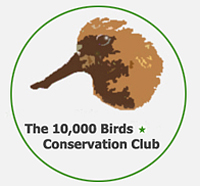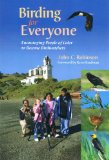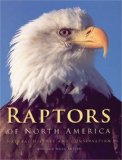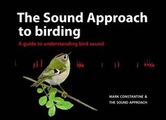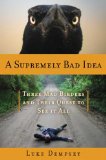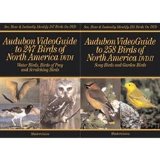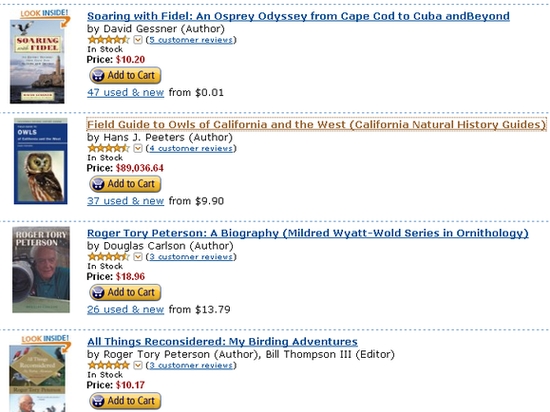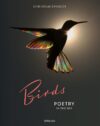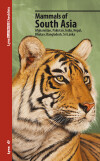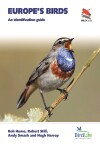In the May 2009 issue of Birding, the magazine of the American Birding Association, Alan Contreras opines: “Right now, we are overwhelmed with guides for beginners and specialized family references, many of which are good, but we lack truly advanced field guides…”
Among other suggestions, he would like to see a field guide that shows more plumages of each bird. To help make room for this, he suggests having relatively small illustrations of the easy birds, and larger illustrations of the small and hard-to-identify ones.
He makes some very good points. One of the reasons I love The Sibley Guide (review) so much is because it includes more illustrations of each species, on average, than any other North American guide.
After reading Contreras’ article, I started thinking about the features that I would like to see in my ideal field guide. But in all my ruminations, I didn’t come up with anything like what Richard Crossley is planning. The intrepid bloggers at 10,000 Birds just posted about Crossley’s plan for a new field guide, along with some of his unique photographic plates:
Could this be North America’s best ID guide?
For more examples of his plates, don’t miss Crossley’s The I.D. Guide gallery.
The more I see of Crossley’s photo plates, the more impressed I get. They are just amazing, and are surely works of art just as much as painted plates.
The samples look like they are intended to be full-sized pages, and I really hope that is the case. This format, though, will probably make for a very thick field guide. All I have to say about that is “Great!!”. Just think, a full-page plate showing all kinds of different plumages and positions, along with an entire facing page for most species. That will mean a ton of room for identification tips and other information.
Of course, that also means that it may not be portable enough to carry into the field. But if this is aimed at more advanced birders, then that won’t be a problem. Most of them leave the field guide in the car or at home anyway.
This is starting to sound a lot like the field guide that Contreras was wishing for. All I know is that I can’t wait to see the finished product.


